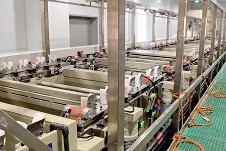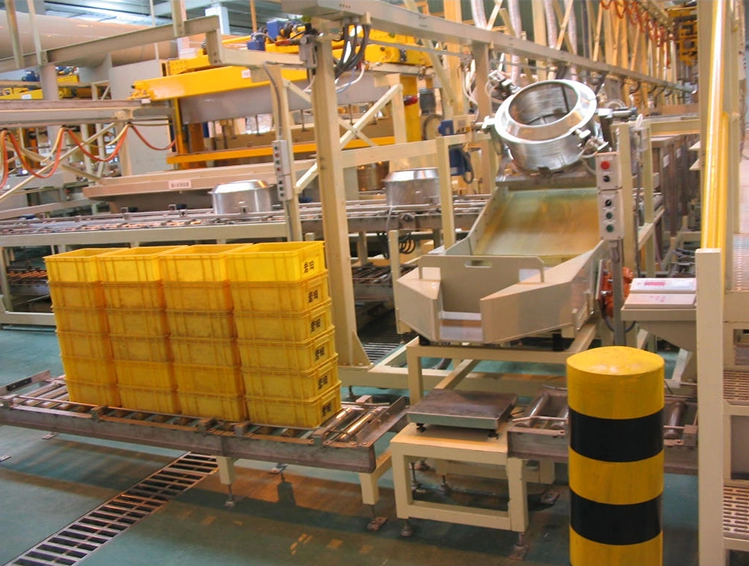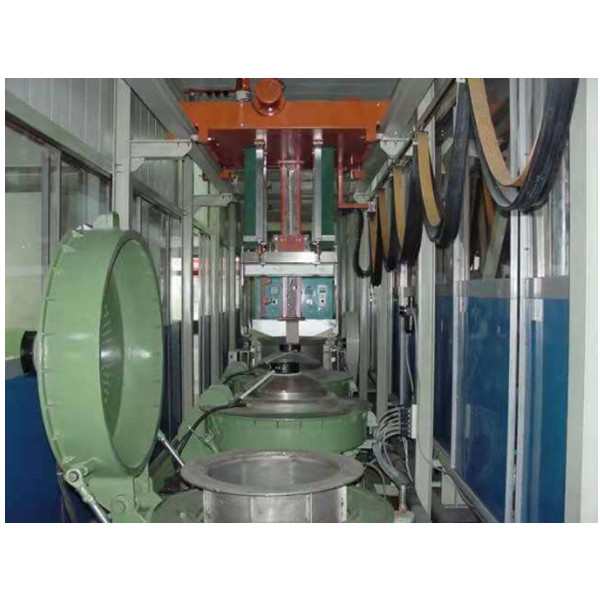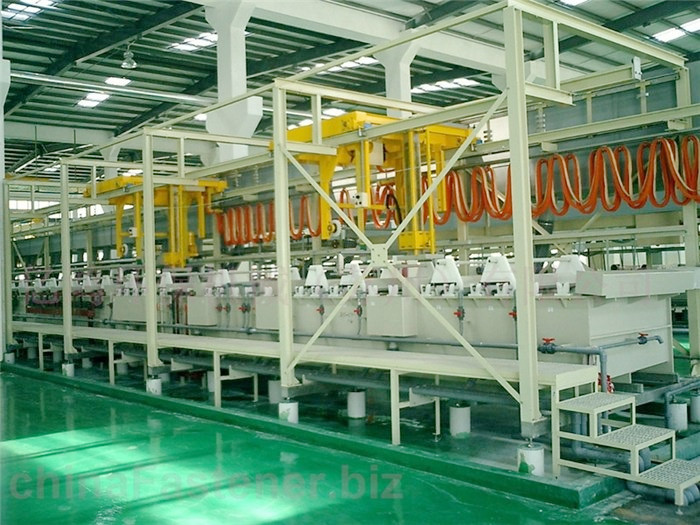The structure of plating tank varies according to different production conditions and process properties. At present, the commonly used plating tank mainly has the following structural forms.
(1) Cold water tank
It is generally made of carbon steel by welding, or rectangular container made of rigid PVC plastic plate by welding.The upper part of the tank is provided with an overflow port, and the lower part is reserved with a drainage port.The overflow outlet is to remove the dirt on the water surface. The drain outlet is reserved for changing water and cleaning the tank. It is used for the water tank after pickling. It is made of plastic. The inner wall made of carbon steel needs rubber lining or FRP cover.
(2) Hot water tank
Similar to cold water tank in structure, except that it is equipped with heating facilities, and its overflow size is slightly larger than that of cold water tank.The hot water tank is mostly welded with carbon steel. If anti-corrosion treatment is required, it can be lined with soft plastic, FRP or rubber plate.This kind of lined electroplating tank is commonly used to ensure not only stiffness and strength, but also anti-corrosion performance.
(3) Acid solution plating tank
The acid solution is highly corrosive. The plating tank made of carbon steel must be subject to anti-corrosion treatment, lined with soft PVC plastic plate, PP, PTFE, glass fiber reinforced plastics or hard rubber plate (SL001), or welded with hard PVC plastic plate.The heating tube can be titanium tube or fluoroplastic heating tube.
(4) Degreasing tank and alkaline plating tank
Because the alkaline solution can be made of anti-corrosion fluoroplastic, it has strong anti-corrosion performance.
(5) Chemical degreasing tank (alkali tank)
Its solution is alkaline solution, and its working temperature is 70 ~ 800 ℃. The tank is mostly made of carbon steel. Due to the high temperature, the outer wall of the plating tank shall be provided with thermal insulation layer.
(6) Cathode moving electroplating tank
According to the requirements of electroplating process, the cathode is required to move continuously, with horizontal reciprocating movement or vertical movement up and down according to the requirements of plating seed and degreasing processes such as zinc plating, copper plating and nickel plating.Horizontal movement is applicable to various electroplating tanks, and vertical movement is applicable to degreasing tanks.In this way, a device that can move the cathode is required to be installed on the electroplating tank.It should be noted that effective insulation should be carried out between the cathode moving device and the support.
(7) Chrome plating tank
It can be made into rectangle or cylinder according to its purpose.Rectangle is suitable for chrome plating of decorative parts with large loading capacity;Cylindrical plating tank is suitable for mechanical parts with large size and accurate coating thickness. For example, functional chromium plating (hard chromium) such as rod, shaft and shaft sleeve, four or six anodes are installed on the tank, and four or six anode plates are hung on the seat, which can prevent ellipse and taper of the plated parts.The current density used for chromium plating is high. The volume of the plating tank shall be designed according to the load of the power supply, and the power passing through the solution shall generally not exceed 1.5A/L.
It can be welded with carbon steel and needs anti-corrosion treatment. Generally, chromium plating solution can be lined with lead plate or lined with lead or titanium.The corrosion resistance of the lining layer can be improved by using 70010 and 30010 tin alloy electrodes in the composite chromium plating solution.
In order to stabilize the temperature of the plating solution, the chromium plating tank needs to be heated and cooled, and steam water tank heating is better.The method is to put the tank into another larger tank and form a water jacket between the two tanks.The steam and water are introduced into the water jacket through the diffusion pipe (distributor) at the bottom. The upper part of the external electroplating tank is provided with an overflow pipe, which is connected with the drainage ditch with a rubber pipe, and the overflow water enters the drainage ditch.The temperature of the plating tank is high, and there shall be a thermal insulation layer.
There are many kinds of plating tanks. The above are several commonly used plating tank structures. For large-size tanks, the structural strength should be strengthened according to the actual situation.








 Nov. 09, 2021
Nov. 09, 2021 




